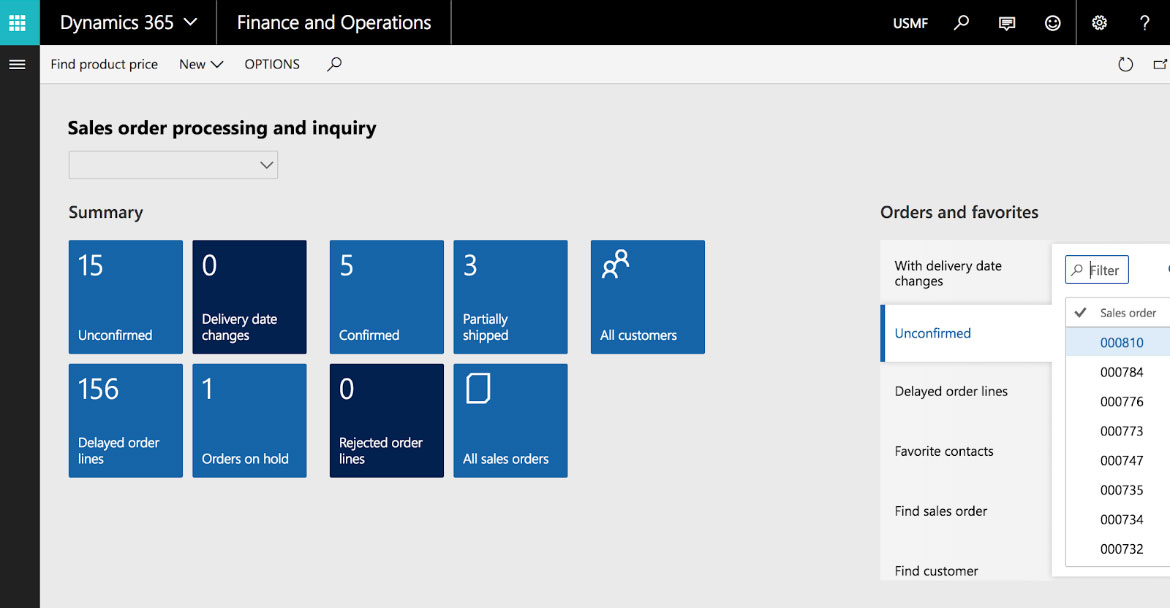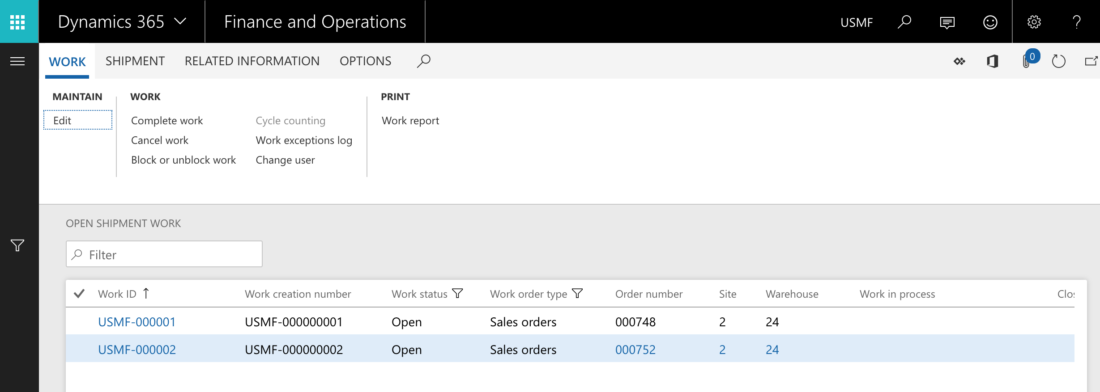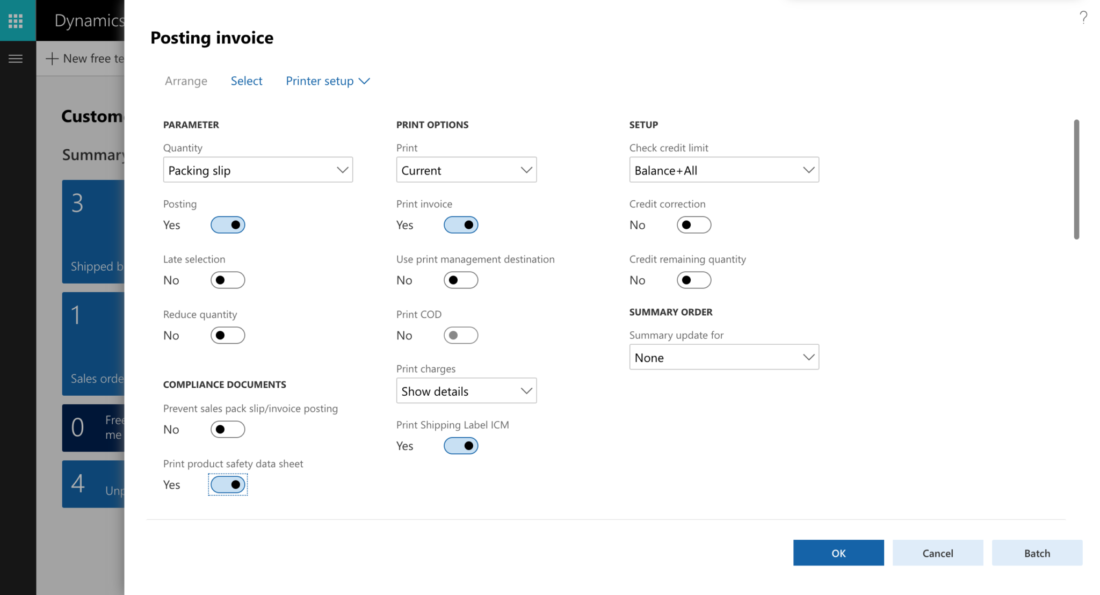The Changing Retail Industry
With the rapid pace of changes in the retail industry, especially some of the more dramatic changes that have emerged over the past few years, it’s become increasingly important to have full control over your business. Now more than ever this means investing in software that supports the changes seen across the retail industry in recent times, and into the future.
Today’s retail consumers are much more informed, and looking for a safer, more streamlined experience regardless of purchases made online or in-person at brick and mortar locations, which are still very much in demand. The omnichannel shopping experience is quickly becoming a key point to longevity in the retail industry. This means offering a safe and consistent shopping experience, integrating your CRM, ERP and eCommerce systems for a more unified view of your customers, and being able to quickly scale and adapt to support new applications and services as they develop.
96%
of emerging businesses that excel in their respective industry rely on some form of ERP solution.
Source: Aberdeen Group
15%
of executives believe AI could fundamentally change which companies win and lose.
Source: UST SmartOps, 2020
36%
Small businesses with ERP systems can make decisions with 36% less time than they did without the solution.
Source: Aberdeen Group
This has become a great opportunity for retailers to modernize and streamline their operations which can lead to greater long-term profitability as the industry continues to evolve. For this, businesses need a complete solution like Microsoft’s Dynamics 365 Commerce, the evolution of their Dynamics 365 Retail product line, able to offer a complete and unified solution across different channels with maximum scalability.
Microsoft Dynamics 365 Commerce
One of the first words when it comes to enterprise planning, Microsoft has been developing their Dynamics 365 products for many years, and the latest version of Microsoft’s Dynamics 365 Commerce offers unparalleled access to a lot of cutting-edge technology for businesses in the retail industry.
Microsoft’s newest retail ERP solution helps streamline many different areas like merchandising, inventory and order management, warehousing, financials and more. In fact, the exact same technology powering Dynamics 365 Commerce has been driving Microsoft’s storefronts around the world for years to deliver a secure, scalable, compliant solution that offers a world-class shopping experience.
Book a Consultation to get started with no-obligation trial of Microsoft 365 Commerce.
These are just a few more ways Microsoft Dynamics 365 Commerce supports businesses in the retail industry.
Figure: 1Microsoft Dynamics 365 Retail ERP Solutions
Omni-channel shopping experience
With today’s consumers focused on quality, the right software helps ensure the experience is the same across different devices online and in-store with the ability to offer more increasingly popular options like Buy Online Pickup In-Store (BOPIS), curbside pickup and next or same-day shipping. These trends are becoming staples for many looking to avoid long lines and queues.
Powerful customer insights
Even now, customer data has become extremely valuable for driving AI and ML solutions to create personalized experiences designed to boost sales and increase customer retention. Microsoft Dynamics 365 Commerce is built with AI and ML in mind to further enhance customer engagement along with the ability to integrate to other Microsoft products like Dynamics 365 Customer Insights and Dynamics 365 Fraud Protection.
Warehouse and inventory management
Growing to be equally important is the ability to more accurately predict and manage product stock levels along with up-to-date pricing. Today’s customers don’t want to chase phantom stock counts from store to store when they can easily give their business to another retailer, right from the comfort of their home.
Powerful Integrations
Microsoft’s Dynamics 365 products have always been highly adaptable and configurable, able to integrate with numerous existing applications and services offering a unified experience across different platforms. Microsoft Dynamics 365 Commerce is no different, able to directly connect to a multitude of modern and legacy systems for reporting, compliance, and more to help protect your investment in previous systems.
What’s Next
As emerging technologies like Artificial Intelligence (AI), Machine Learning (ML) and Augmented Reality (AR) continue to advance, the retail industry will continue to be fraught with the challenge of trying to keep up – including providing modern, personalized shopping experiences to today’s savvy consumers to help retain loyalty across different channels. More and more businesses in the industry are looking for technology partners that understand their challenges and can offer support for modern solutions.
Microsoft Dynamics 365 Commerce is a scalable solution that can be made to work for anything from SMBs to larger multi-brand or multi-company organizations helping Increase your revenue and brand loyalty with better engagement. Better focus your operations to reduce costs and boost efficiency over your entire supply chain.









































